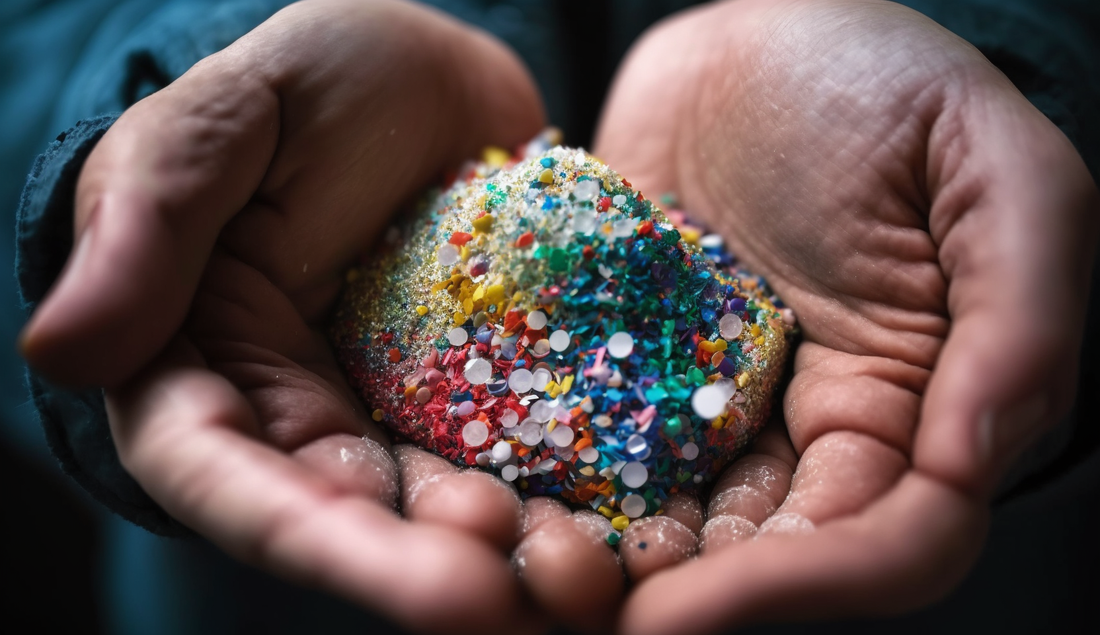I. Introduction
What Are Microplastics and How Prevalent Are They in Drinking Water?
Microplastics are small plastic particles, typically less than 5mm in size, that are increasingly found in our drinking water. These tiny particles have become a significant environmental concern due to their widespread presence in the oceans, soil, and even the air we breathe. As highlighted by National Geographic, microplastics are now also found in drinking water, raising concerns about their potential impact on human health.
Why It's Crucial to Understand the Dangers of Microplastics in Drinking Water
Understanding the dangers of microplastics in drinking water is essential to protect public health and the environment. As the World Health Organization points out, the long-term health effects of ingesting microplastics are still unknown, but there is increasing evidence that they may pose risks to human health.
II. Health Risks of Microplastics in Drinking Water
The Harmful Impact on Human Health
As mentioned by The Guardian, microplastics have been found in human tissues, indicating that we are ingesting them through our food and water. While the long-term effects of microplastics on human health are still being studied, some research suggests that they may cause inflammation, disrupt hormone function, and even have carcinogenic effects.
Long-term Ingestion Risks
The long-term ingestion of microplastics has the potential to accumulate in our bodies, possibly leading to health problems over time. According to the United States Environmental Protection Agency, more research is needed to understand the full extent of these risks.
Hazardous Chemical
Microplastics can absorb and carry harmful chemicals, such as pesticides and industrial pollutants, as reported by EcoWatch. When ingested, these chemicals may pose additional health risks to humans, including potential disruptions to the endocrine system.
III. Sources of Microplastics in Drinking Water
Environmental Plastic Pollution
Microplastics can enter drinking water sources through various pathways, including the breakdown of larger plastic waste in the environment. This pollution occurs when plastics are improperly disposed of and make their way into rivers, lakes, and oceans, eventually contaminating our drinking water.
The Breakdown of Everyday Plastic Items
The fragmentation of larger plastic items, such as water bottles, straws, and plastic bags, contributes to the presence of microplastics in drinking water. Over time, these items break down into smaller and smaller particles, ultimately becoming microplastics that can contaminate water sources.
Microplastics from Synthetic Clothing
Another significant source of microplastics comes from washing synthetic clothing, such as those made from polyester, nylon, or acrylic. During washing, tiny fibers shed from these materials and enter wastewater, eventually making their way into waterways and potentially our drinking water.
IV. How to Remove Microplastics from Drinking Water
The Essential Role of High-Quality Water Filtration Systems
To protect yourself and your family from the potential health risks associated with microplastics in drinking water, it's essential to invest in a high-quality water filtration system. These systems can effectively remove microplastics and other contaminants, providing you with clean, safe drinking water.
WaterWell Filtration Technology: Efficiently Filtering Out Microplastics
WaterWell filtration systems utilize advanced filtration technology to remove microplastics and other contaminants from your drinking water. The filters incorporate multiple layers, including activated carbon and ultrafiltration membranes, to trap and remove pollutants, ensuring that you're consuming clean, microplastic-free water.
Comparing WaterWell to Other Microplastic Removal Methods: Which Is Best?
While there are several methods of removing microplastics from drinking water, not all are equally effective. Some common methods, such as sedimentation and coagulation, may not be as efficient at removing microplastics as advanced filtration technologies like WaterWell. By choosing a filtration system that specifically targets microplastics, you can ensure that you're protecting yourself and your loved ones from potential health risks.
V. Conclusion
In conclusion, the presence of microplastics in drinking water poses potential dangers to human health and the environment. To safeguard against these risks, it's crucial to invest in a high-quality water filtration system, such as WaterWell, that effectively removes microplastics and other contaminants from your water supply.
We encourage you to take action by reducing your plastic consumption and investing in a WaterWell water filter bottle. By making these simple changes, you can help protect your health and the environment from the dangers of microplastics in drinking water.
